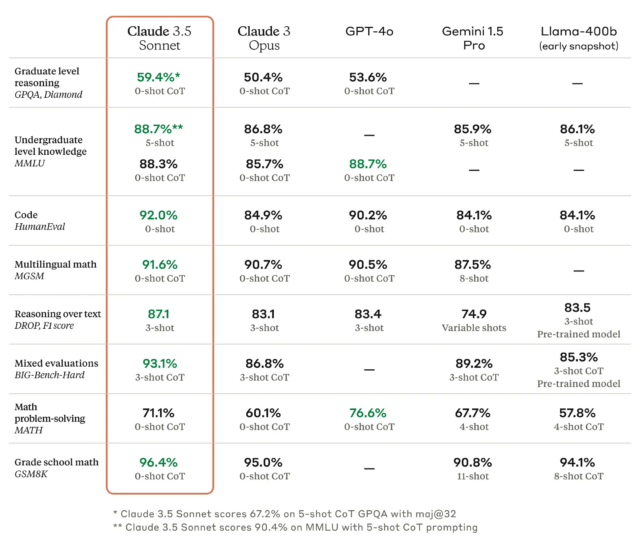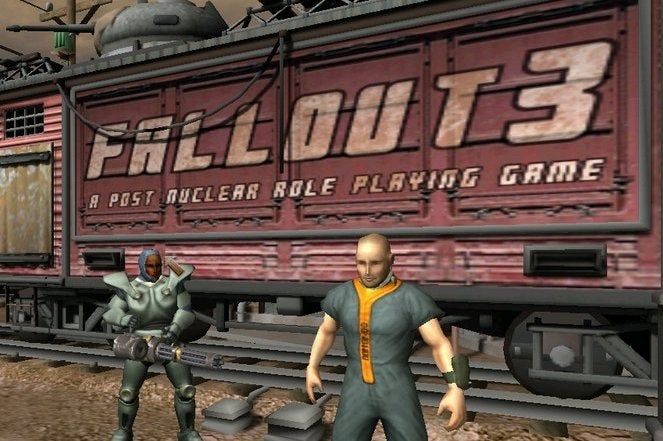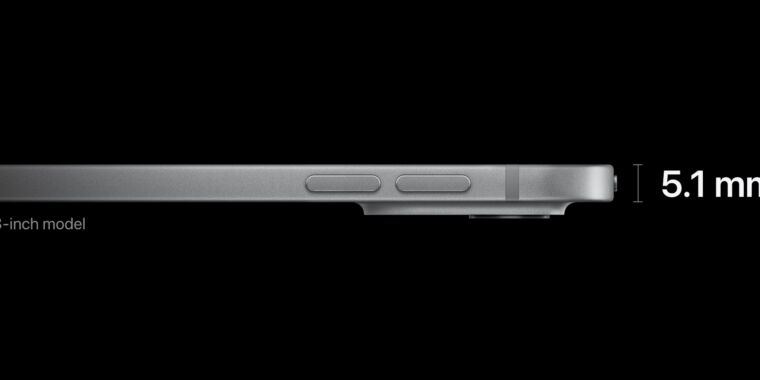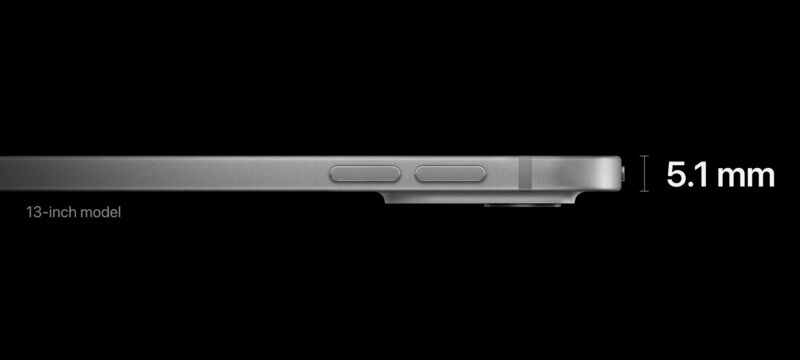Pornhub prepares to block five more states rather than check IDs
“Uphill battle” —
The number of states blocked by Pornhub will soon nearly double.

Aurich Lawson | Getty Images
Pornhub will soon be blocked in five more states as the adult site continues to fight what it considers privacy-infringing age-verification laws that require Internet users to provide an ID to access pornography.
On July 1, according to a blog post on the adult site announcing the impending block, Pornhub visitors in Indiana, Idaho, Kansas, Kentucky, and Nebraska will be “greeted by a video featuring” adult entertainer Cherie Deville, “who explains why we had to make the difficult decision to block them from accessing Pornhub.”
Pornhub explained that—similar to blocks in Texas, Utah, Arkansas, Virginia, Montana, North Carolina, and Mississippi—the site refuses to comply with soon-to-be-enforceable age-verification laws in this new batch of states that allegedly put users at “substantial risk” of identity theft, phishing, and other harms.
Age-verification laws requiring adult site visitors to submit “private information many times to adult sites all over the Internet” normalizes the unnecessary disclosure of personally identifiable information (PII), Pornhub argued, warning, “this is not a privacy-by-design approach.”
Pornhub does not outright oppose age verification but advocates for laws that require device-based age verification, which allows users to access adult sites after authenticating their identity on their devices. That’s “the best and most effective solution for protecting minors and adults alike,” Pornhub argued, because the age-verification technology is proven and less PII would be shared.
“Users would only get verified once, through their operating system, not on each age-restricted site,” Pornhub’s blog said, claiming that “this dramatically reduces privacy risks and creates a very simple process for regulators to enforce.”
A spokesperson for Pornhub-owner Aylo told Ars that “unfortunately, the way many jurisdictions worldwide have chosen to implement age verification is ineffective, haphazard, and dangerous.”
“Any regulations that require hundreds of thousands of adult sites to collect significant amounts of highly sensitive personal information is putting user safety in jeopardy,” Aylo’s spokesperson told Ars. “Moreover, as experience has demonstrated, unless properly enforced, users will simply access non-compliant sites or find other methods of evading these laws.
Age-verification laws are harmful, Pornhub says
Pornhub’s big complaint with current age-verification laws is that these laws are hard to enforce and seem to make it riskier than ever to visit an adult site.
“Since age verification software requires users to hand over extremely sensitive information, it opens the door for the risk of data breaches,” Pornhub’s blog said. “Whether or not your intentions are good, governments have historically struggled to secure this data. It also creates an opportunity for criminals to exploit and extort people through phishing attempts or fake [age verification] processes, an unfortunate and all too common practice.”
Over the past few years, the risk of identity theft or stolen PII on both widely used and smaller niche adult sites has been well-documented.
Hundreds of millions of people were impacted by major leaks exposing PII shared with popular adult sites like Adult Friend Finder and Brazzers in 2016, while likely tens of thousands of users were targeted on eight poorly secured adult sites in 2018. Niche and free sites have also been vulnerable to attacks, including millions collectively exposed through breaches of fetish porn site Luscious in 2019 and MyFreeCams in 2021.
And those are just the big breaches that make headlines. In 2019, Kaspersky Lab reported that malware targeting online porn account credentials more than doubled in 2018, and researchers analyzing 22,484 pornography websites estimated that 93 percent were leaking user data to a third party.
That’s why Pornhub argues that, as states have passed age-verification laws requiring ID, they’ve “introduced harm” by redirecting visitors to adult sites that have fewer privacy protections and worse security, allegedly exposing users to more threats.
As an example, Pornhub reported, traffic to Pornhub in Louisiana “dropped by approximately 80 percent” after their age-verification law passed. That allegedly showed not just how few users were willing to show an ID to access their popular platform, but also how “very easily” users could simply move to “pirate, illegal, or other non-compliant sites that don’t ask visitors to verify their age.”
Pornhub has continued to argue that states passing laws like Louisiana’s cannot effectively enforce the laws and are simply shifting users to make riskier choices when accessing porn.
“The Louisiana law and other copycat state-level laws have no regulator, only civil liability, which results in a flawed enforcement regime, effectively making it an option for platform operators to comply,” Pornhub’s blog said. As one of the world’s most popular adult platforms, Pornhub would surely be targeted for enforcement if found to be non-compliant, while smaller adult sites perhaps plagued by security risks and disincentivized to check IDs would go unregulated, the thinking goes.
Aylo’s spokesperson shared 2023 Similarweb data with Ars, showing that sites complying with age-verification laws in Virginia, including Pornhub and xHamster, lost substantial traffic while seven non-compliant sites saw a sharp uptick in traffic. Similar trends were observed in Google trends data in Utah and Mississippi, while market shares were seemingly largely maintained in California, a state not yet checking IDs to access adult sites.
Pornhub prepares to block five more states rather than check IDs Read More »
























